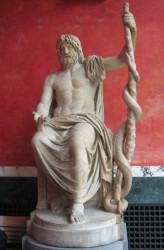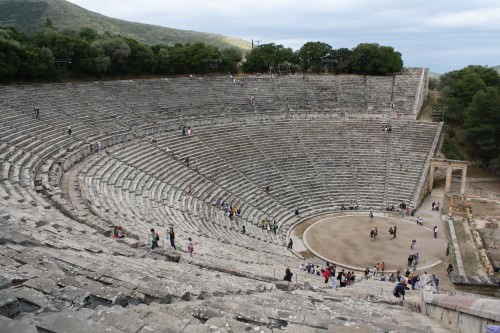Ian Walker’s face looked like it had aged 10 years, his red-raw eyes maybe 20.
But Abu Dhabi Ocean Racing’s Leg 1 triumph in Cape Town this afternoon will have been worth every second their skipper has spent it in sleepless fretting.
Walker’s boat ‘Azzam’ has led, apart from one brief interlude, pretty much all the way from the halfway point of this 6,487 nautical mile, 25-day marathon slog through the Mediterranean and Atlantic from Alicante to Cape Town.
But the Briton and his crew have been able to savour barely a minute of all that time in front of a world class, seven-strong fleet of evenly matched Volvo Ocean 65s.
"It's quite emotional actually. I didn't think I would be - but that last couple of hours, they threw everything at us," he smiled, after the finish line.
"We've had people ride on our heels for the last 10 days or so. I must congratulate Dongfeng, an absolutely fantastic performance."
He adds, "Charles is a fantastic sailor and he's doing great work. We'll have our work cut out with them."
For Walker, in particular, it has been pure, unrelenting, 24/7 stress these past few days with victory so close. His crew have long since despaired of persuading him to take a breather in one of those supremely uncomfortable bunks on board.
He simply could not tear himself away from the action – alternating only between the helm and the satellite tracker.
The boat’s onboard reporter, Matt Knighton, has painted a vivid picture of Walker and his anxieties.
“Wearing his stress and nervousness onboard, Ian hasn’t been able to sleep. His eyes are bloodshot, he’s jumped for each perceived decrease in boat speed and his familiar humour is subdued under a quieter exterior,” he wrote.
Hot on their heels have been, in turns, Team Brunel, Dongfeng Race Team and Team Vestas.
Even the young skipper of Team Alvimedica, Charlie Enright, would have contributed to Walker’s anxieties during one fleet compression when the Turkish/American boat also threatened the leaders.
One by one though, they all dropped off.
And as the Southern Atlantic sun dawned this morning, only the Chinese boat of Dongfeng retaine a realistic chance of catching Azzam.
And boy, were they close, nearing to within one nautical mile of Walker and trying every trick in the book under their wily French skipper Charles Caudrelier, including an early morning gybe, to pickpocket victory from Abu Dhabi with Table Mountain coming into view.
And when they reached the famous landmark, the wind shadow created by its gigantic peak caused untold problems - with both boats slowing and stumbling down to one, two knots, just a stone's throw from the finish line.
"We knew what Cape Town is like - it's always chaotic trying to get around Table Mountain," admits Ian.
Finally, at 1510 UTC, relief came for Walker and his exhausted front-runners and they crossed the Cape Town finish line before being greeted by an expectant V&A Waterfront crowd.
The fox had finally escaped the chasing pack.


